Advanced HDR by Technicolor
Advanced HDR by Technicolor is a suite of high dynamic range (HDR) production, distribution and display solutions that leverages machine learning to maximize the image quality of any HDR format. Advanced HDR by Technicolor is a collaboration between Philips, InterDigital and Technicolor.

Technology for an
Enhanced Visual
Experience
Advanced HDR by Technicolor (also known as SL-HDR) is designed to protect — and enhance — investments made by industry and consumers in legacy infrastructure and devices. When HDR was first incorporated into live production workflows, basic lookup tables (3D LUTs) used static mathematical mapping functions for color grading. This approach when used today, however, often delivers unsatisfying aesthetic results.
By contrast, real-time adaptive solutions applied by Advanced HDR by Technicolor deliver a visual experience for live events — including live-action sports — that matches the quality of best-in-class, offline post-production solutions used by blockbuster filmmakers.
Delivering Best-In-Class for Live Events
Machine learning (ML) enables the production of high-quality images in real-time for live events. Images automatically delivered through Advanced HDR by Technicolor are comparable to the output produced by sophisticated post-production techniques used for major theatrical movie releases. These techniques have traditionally required days of manually-intensive fine-tuning.
ML technology embedded in Advanced HDR by Technicolor enables broadcasters and over-the-top (OTT) providers to deliver consistent image quality, regardless of the content category (video-on-demand, live, post-production or live production).


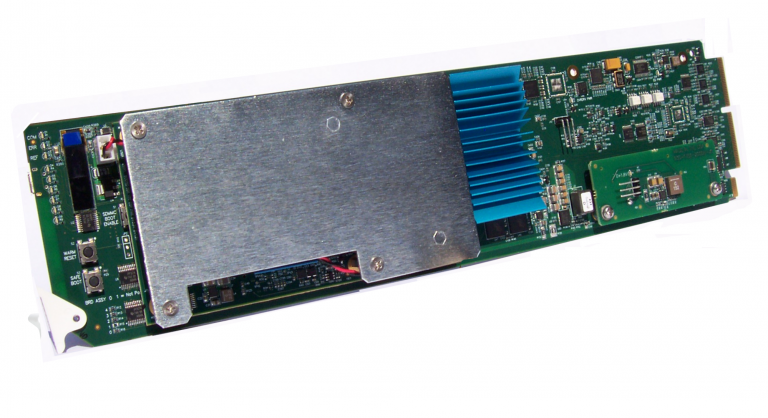
Enhancing Live Production Images
Adaptive solutions embedded in Advanced HDR by Technicolor optimize images in real-time. This addresses frequent changes in light conditions which arise when producing live sporting events. Advanced HDR by Technicolor automatically adjusts and corrects large shifts in lighting over the course of outdoor broadcasts.
The adaptive features also remove limitations imposed by static converters that restrict the creative options available to video engineers. This enables engineers to produce content in both standard dynamic range (SDR) and HDR on a single-production flow by simultaneously generating outputs in both formats. The ML technology embedded in Advanced HDR by Technicolor has the unique ability to achieve high-quality results through an efficient, real-time, automated process.
Post Production
While Advanced HDR by Technicolor was developed for live production, the solution performs at such a high level that it is also used in post-production as an alternative to other existing, complex, and time-consuming solutions. The ML-driven adaptive and tunable capabilities of Advanced HDR by Technicolor make the SDR to HDR conversion so easy that it is used by colorists to save time.
These same capabilities are important for large volume legacy SDR content owners. Advanced HDR by Technicolor makes it possible to convert entire legacy SDR libraries into high-quality HDR content in less time than it would take to use conventional post-production methods.

Broadcast and
Streaming
Advanced HDR by Technicolor is an ideal solution for broadcasters and streaming providers. When a live program is produced, its adaptive capabilities can be applied to enhance distribution operations.
Modern broadcasters receive content in many different formats and quality levels. Advanced HDR by Technicolor accepts any mix of input content — live events, movies, episodic series, news broadcasts and advertisements — and is able to aggregate them into a single, consistent, high-quality broadcast stream in whatever format the broadcaster chooses.

Advanced HDR by Technicolor at the NAB Show 2022
Our Partners

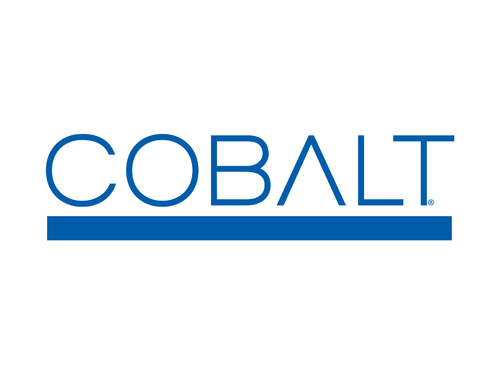


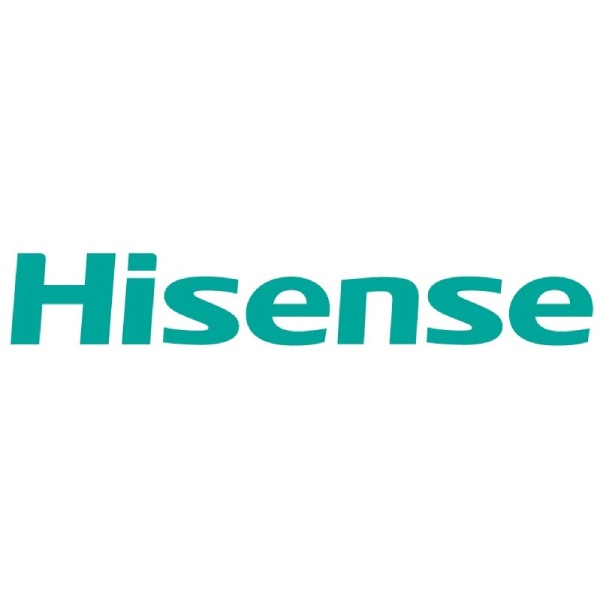






Stations Broadcasting in Advanced HDR by Technicolor








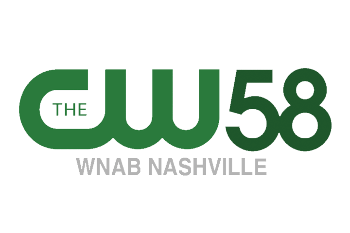















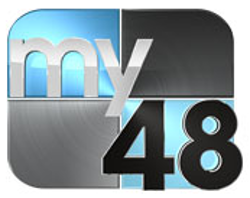






Experiences and Webinars

Best Live HDR Experience on Any Screen for TV and Mobile Offering






